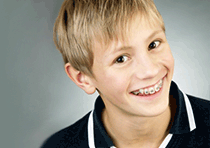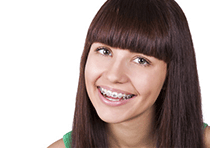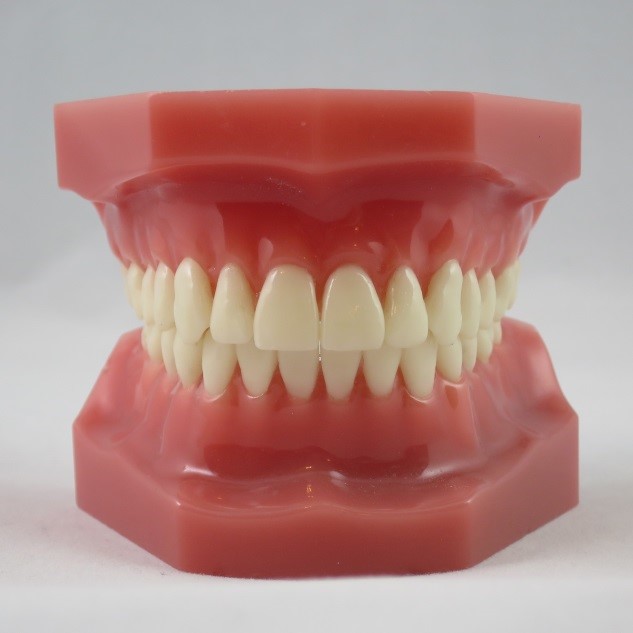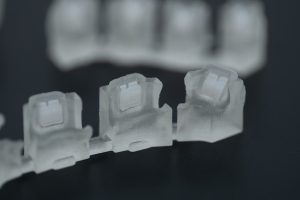Many patients are referred to Mehta Orthodontics from their general dentist because their “bite is off”. Many patients are, however, happy with the appearance of their teeth… So, the question is, what does an ‘ideal’ bite look like?
The front view of your teeth is what most people look at in the mirror. Ideally, the edges of the top teeth should sit parallel with the top of your bottom lip. If your upper teeth are too long, then you will show excess gum when you smile. If they are too short, you will not show enough enamel when you smile and you will look prematurely old or ‘toothless’. With your teeth closed together, about 1/3 of your bottom teeth should be visible. If the upper teeth cover too much of the bottom teeth, this is called a ‘deep bite’ and will result in tooth wear and damage occurring over time. If the upper teeth do not overlap the lower teeth enough, then this is called an ‘open bite’.
In an ‘ideal bite’, the upper arch should be slightly wider than the lower arch (envision a lid on a box concept, where the upper arch is the lid and the lower arch is the box). If the upper or lower arch is narrow and the teeth cross over, then this is called a crossbite.
Another important relationship when looking at your teeth from the front is the position of the midlines (the line between the two front top teeth). The upper midline should line up with the middle of the upper lip and the lower midline should line up with your top midline.
The side view of your teeth is also important. Your teeth should meet together like cogs in a wheel. The pointed ends of the upper teeth should fit perfectly between two teeth on the bottom. The upper teeth should sit slightly in front of your lower teeth. If the upper teeth sit behind the lower teeth, this is called a ‘reverse’ bite and if the upper teeth sit too far ahead of the bottom teeth, this is known as an ‘overbite’.
Dr Mehta evaluates each patient’s ‘bite’ using x-rays, photographs and an examination. Orthodontic treatment can then be used to correct the size, shape and position of your teeth to give you an ideal bite.












